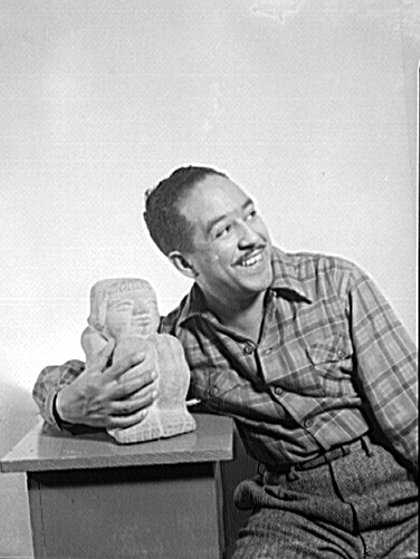| Harlem Renaissance
Artists, Writers, and Musicians Frameworks for America's Past |
|
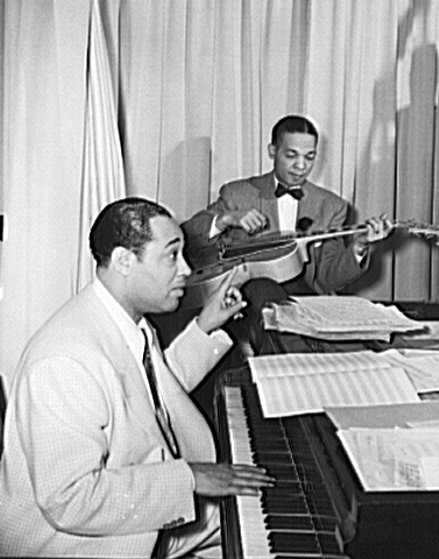 |
Duke Ellington -
America's jazz band master Edward Kennedy "Duke" Ellington was born in 1899 in Washington, D.C. The nickname "Duke" came from his childhood friends who were impressed with his classy good manners and sharp dressing style. Ellington began taking piano lessons when he was seven. He played varsity sports in school, but by age 17 he knew his future was on the keyboards. The Duke moved to New York City in the 1920s. The jazz music scene there was sophisticated - this was the time of the Harlem Renaissance. Ellington listened, wrote music, and practiced. Soon he was performing and recording with his own band. He didn't stop for the next fifty years. This photo shows Ellington in 1943. In his lifetime Ellington composed more than 1,000 works, many of which are considered American standards. |
|
Listen to Duke Ellington Click here to listen to "It Don't Mean A Thing (If It Ain't Got That Swing)" Duke Ellington is at the piano in this performance from 1943. The music was written by Ellington in the early 1930s. Click here to for a short YouTube video about the life of Duke Ellington. |
 |
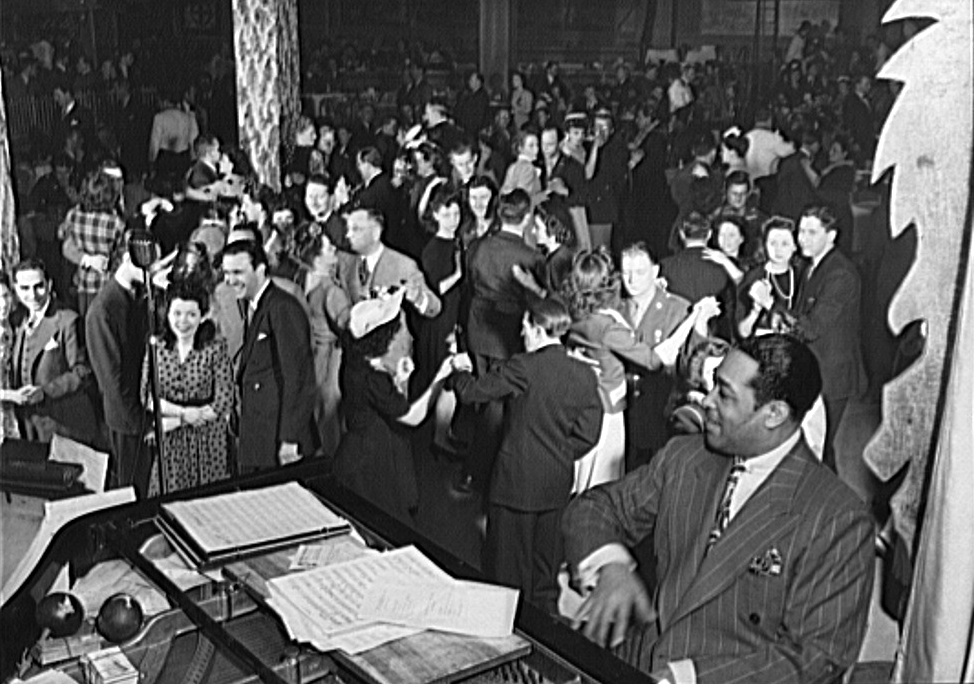
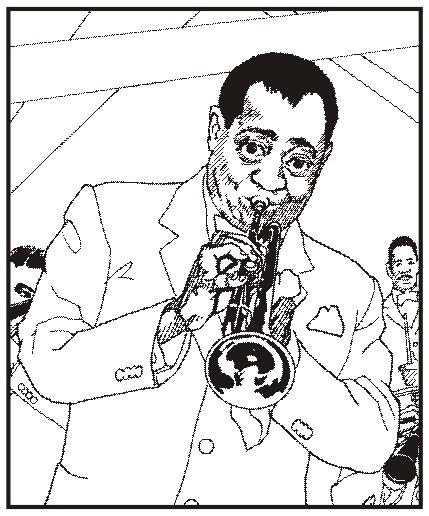
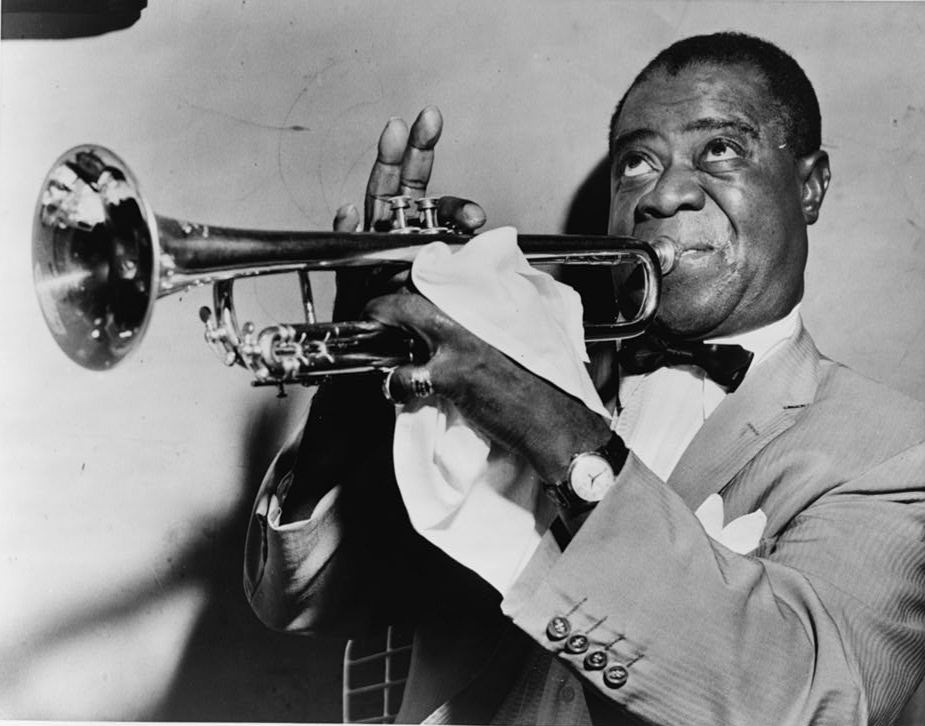
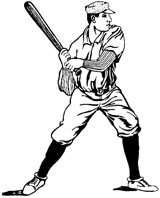 The word "jazz" or "jass" was a slang term used in the early 1900s to
describe a baseball player or any person with lots of pep, energy, and
enthusiasm. Both spellings were common when it first started
being used to describe the energetic, upbeat, fast-paced style of music
that was appearing in those years.
The word "jazz" or "jass" was a slang term used in the early 1900s to
describe a baseball player or any person with lots of pep, energy, and
enthusiasm. Both spellings were common when it first started
being used to describe the energetic, upbeat, fast-paced style of music
that was appearing in those years. 